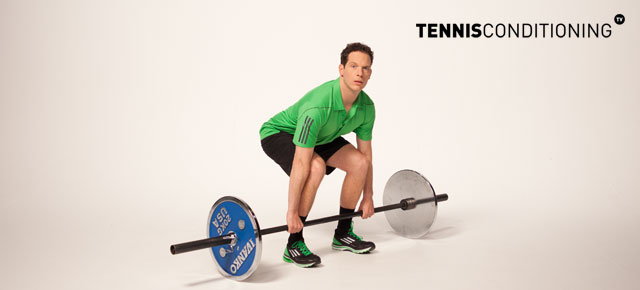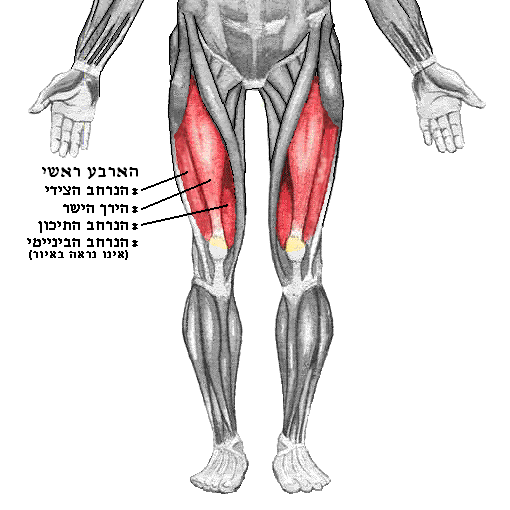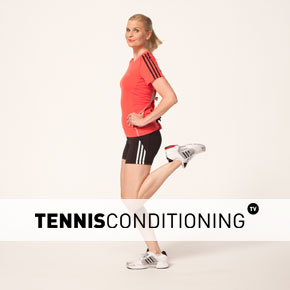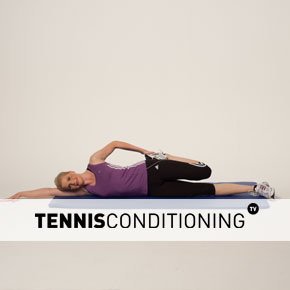The traditional deadlift is a compound resistance training exercise to strengthen the hip- and knee extensors and prepare the athlete for Olympic lifts.
Since the traditional deadlift activates numerous muscle groups simultaneously we can improve neuromuscular system efficiency, body control and coordination.
The deadlift is fundamental for learning Olympic lifts starting from the floor and hence allows you to progress into more complex exercises.
Therefore, we recommend you include the traditional deadlift into the preparation- and hypertrophy training phases.
So that you can transfer into more complex and explosive exercises to improve energy transfer and hence athletic ability.
Deadlift Progression
If you use additional weights…make sure you use appropriate resistance so you can control the action throughout the entire range of motion. Otherwise you defeat the purpose of the exercise.
Very often, people use too much resistance and they become sloppy. Especially when it comes to maintaining core stability.
Also, don’t just progress with adding more weight. First, maximize the speed while maintaining perfect form.
Deadlift Description

- Position barbell on the rack; add resistance (plates) and attach safety clips; place barbell on the ground
- Take an athletic stance; stand straight, feet are shoulder-width apart; knees slightly flexed; toes point slightly outward (10˚-20˚)
- First flex hips (~45˚) and then knees until knees are flexed to 90˚ (or as far as possible); maintain neutral pelvic position; distribute weight through the heels; keep knees inside shoulders; maintain neutral spine position (push chest out and scapulae [shoulder blades] together); maintain neutral head position [look forward])
- Use a pronated grip (palms facing down) and place hands just wider than shoulder-width on the bar
- Extend the knees and hips while maintaining neutral spine position and return to starting position
Note: If the athlete has flexibility issues or for teaching purposes, a wider stance is warranted.
If flexion of lumbar spine (rounding of lower back) occurs during hip extension then decrease resistance immediately!
Deadlift Targeted Musculature
- Gluteus Maximus
- Hamstrings
- Quadriceps
Training Zone
In this section we provide you with some exercises you can use to optimize your training.
The exercises have been grouped and selected based on the major muscle group(s) they target. The prime movers.
The first exercise is a dynamic warm up to increase muscle tissue temperature to prepare you for your workout.
For more info take a look at the benefits of a proper warm up routine.
The second exercise is a free-weight resistance training exercise to strengthen the respective prime movers and improve neuromuscular system efficiency.
Why? Find out more about the purpose of weightlifting for tennis players.
The third exercise is a static stretching exercise you can do following your workout as a cool down to improve flexibility and reduce muscle soreness.
Here is more information on the benefits of static stretching.
Gluteal Flexibility
Hamstring Flexibility
- Single Leg Romanian Deadlift Quadriceps Stretch
- Romanian Deadlift
- Hamstrings and Erector Spinae Stretch













